|
0 Comments
Josh Windmiller is super rocking diverse line ups as a local promoter. RR Square Music Fest, Rivertown Revival, and more. Josh, THANK YOU for doing this work to lift up EVERYONE in our community. Josh always blew my mind as a passionate promoter of local music, but now has ascended to a whole other level. It's inspiring and encouraging to witness.
I went to a few other local events over the past couple of weeks. It felt SO good to see my musical community out and about. It truly filled my heart to see musical friends again and give people hugs and learn about what's been happening in each other's lives. What didn't feel good was to see (I am not exaggerating) 25+ men and ZERO women in the ensembles I saw (4 separate events at different venues), or on the stage (neither part of the bands or invited as guests), and a tragic lack of racial diversity. I wonder if people are even noticing this lack of representation when they go out to see live music. I certainly can't un-see it now that I've seen it. I'm not sure what the solution is yet, but I am doing some serious soul-searching about it. Rather than continuing to push up against those exclusive spaces, I need to both seek out and create new spaces that are consistently devoted to inclusion. Most importantly, I need continue to examine my own role in the exclusion of under-represented voices, and deeply examine my own prejudice and privilege at all levels- because that's where change begins. We can do better. I want to create something abstract and gorgeous, strange in its truth. I don't have anything to hide anymore. Loss has stripped away artifice. Your wild stare broke something loose in me.
Expansiveness. What a wonderful feeling. The wide expanse of an open view. The fields, beaches, and rolling hills of Northern California. The deep blue sky. Melodies and harmonies that build and build upon each other, a choral piece by Bach that continues to add voices until you have 18 different parts all playing incredible melodies and somehow weaving together to create a unified whole. The expansiveness of ideas, the ones that continue to grow and wind and connect random creative dots until a graceful, if somewhat chaotic, web is formed. Stories that build up to a climax.
My parents used to take me on an 8 mile hike at Pt. Reyes National Seashore. We’d hike for hours beside a creek, under the cover of Bay and Buckeye trees. At the midpoint, we’d stop at the wide expanse of the meadow to eat lunch. Then we continued on, back into the trees. At the very end of the hike, we would suddenly come out of the trees to find the ocean waiting below a steep drop. After walking through dappled green shade for hours, the shock of the ocean meeting the blinding sky was glorious, thrilling. We finished our sandwiches at the edge of a rocky outcropping on the cliff. My Dad cautioned- “DON’T GET TO CLOSE TO THE EDGE!”. I’m glad I snapped a picture from the edge of the cliff anyway, to the turbulent waters below, because a few years ago Arch Rock collapsed. The form has forever changed. You can’t escape through the arch at low tide to access a pristine and isolated beach below. Someone died in the collapse. It just doesn’t seem like a huge hunk of rock that’s been there since long before you were born could be unstable, so they ignored the park’s warning signs. Things you think will always be there are in fact completely unpredictable. The world has other plans. Time plays out in unexpected ways. Mastering the breath technique for singing trains your body to stay in a state of expansiveness. We are normally not in a state of expansion. Some of us have never experienced it. We sit at desks, slumped, our shoulders pulling our collar bones closed around our hearts. We stand, move, present, run, walk. We are in a constant pattern of expansion and contraction. This is how our bodies are designed. To expand and contract is the natural rhythm of our being. Singing is a function of breath, speech, and movement. When we sing, our bodies expand and contract. Instead of our whole torso being involved, the energy is focused in the diaphragm. The solar plexus. Our place of personal power. The shoulders, collar bone, and rib cage expand in the first preparatory breath, and then stay open. You get to live in a place of expansiveness for the duration of your song. The heart is exposed, shining through your stretched rib cage. You open the doors of your heart first to yourself, and then to those you choose to share your voice with. When you commit to the heart-opening process of learning how to sing with consistency and strength, you’ll find things in your heart’s depths that were previously lurking monsters, buried shards of glass, a rusty nail in a fence post. Hidden dangers cause unexpected injury. When mined from the depths, and transformed into the poetry of song, they become beautiful. They assume their rightful place as pieces of creative expression. We are embraced as part of the whole. Long Tones: Practice the art of maintaining consistent breath support through the whole phrase.
2. Be aware of the expansion of your ribs when you take this full, relaxing inhale. Let the breath connect your throat chakra to your solar plexus. Feel it expand into the second chakra of creativity, in your gut. Imagine that the breath is flowing down the back of your body like a tropical waterfall. Hold the expanded space in your body with exhilaration. 3. For 9 counts, sing one note on a neutral syllable. You might think of the sound “Muh”. Don’t think of a vowel you already know, like “Ah” or “Ee”. Try to create a new vowel you may have never experienced before by relaxing the lower jaw and tongue while you lift the soft palate to create that lofted church ceiling in the back of your mouth. Be curious about the sound that comes out. 4. As you sing one note for 9 slow counts, resist the urge to let the ribs collapse as you support the tone with your breath. Engage the natural strength of the diaphragm as well as any other abdominal muscles that want to join the party. The goal is to sing a warm, resonant tone with consistent breath support from start to finish. Pick a note that feels comfortable in your range. Try a few notes above and below that note. Explore. Stay curious. Sing in a place of expansiveness. We connect with music in order to connect to our own stories. Music shows us how all of our stories are connected. When we experience music collectively, our hearts and souls unite through the musical language of melody, harmony, and rhythm.
I attended the memorial of a young artist who’s life was taken too soon by an accidental drug overdose. A friend of his who spoke shared the vision he had as he was preparing to attend the memorial. In reflecting on the idea that we are all perfect in heaven, or on the other side of life, he was gifted with a vision of his human flaws and struggles being a giant ruby that tethered him to this earth. In my life-long journey with music, the process of singing and writing songs has been the elixir that transforms my human flaws, struggles, and grief into jewels of wisdom, growth, and compassion. The journey is love. In working with me in your musical journey, you will not only learn how to play and sing your favorite songs, or the basics of musical theory. You will learn how to sing through your whole vocal range, and how to adjust your physical technique to sing at your very best from low to high. We will dig out your deep inner love of music so you can share it with the world through musical performance. If we encounter musical fear, anxiety, shame, doubt, or regret, we will face them head-on. Perspective and compassion mitigate the ill effects of these wounded inner voices, and allow you to move beyond them to sing your story. Time and time again my students have shown me that this approach of combining deep physical, musical, and emotional elements really works. The goal is a creative and expressive breakthrough every session. We are going for those “ah ha” moments of enlightenment. We sang long before we spoke. Delve into the roots of your soul by learning to express the songs that live inside of you. Student Spotlights: Savannah and Claire
Savannah and Claire both came to me with similar stories of having had a little experience with piano as kids, and a love of singing. They wanted to learn to sing and play, and feel more confident playing songs with other people. They knew a little bit about chords, but didn’t know all of the major and minor chords that are necessary to learn the songs they love. It’s strange to me that the classical style of teaching piano trains the fingers and hands to play scales, arpeggios, and chord progressions, but does not define for students what they are doing musically. One of the reasons I chose the language of jazz based chordal theory over classical sheet music fluency is the incredible amount of creativity used in arranging your own versions of the songs you love. I fell in love with singing, songs, and songwriting early on. It made sense to focus on a piano style that would allow me to accompany myself as I sang, and understand the chordal techniques being used in the songs that moved me. It’s surprisingly simple to learn all 12 major and minor chords, as well as a few basic accompaniment patterns that give you immediate access to playing and singing thousands of songs. Within the first one or two sessions, Savannah and Claire had the tools to start singing and playing songs, and felt empowered to begin exploring songs on their own. There’s nothing more gratifying and thrilling than sharing the craft, art form, and expressive power of song with my students! It took 20 years, but I finally created a form of musical work that is energetically sustainable, and that I love wholeheartedly. Thanks Savannah and Claire for showing up courageously to dive into the art of song. I have lesson spots open for my Spring Session, affordable and flexible rates, and a unique scheduling approach that is designed to make this learning available to a wide variety of folks. These sessions are effective in both in-person and virtual formats. Please reach out if you are intrigued or know someone who might be. I’m happy to spend some time listening to your musical story and dreams. "It’s a message from our subconscious, a place far beyond the capabilities of our analytic brains. . . So, when you start writing a song, treat it like a lover you are trying to seduce, a stranger who you are infatuated with and must learn everything about. Take your song to different places, meet with it at different times of day. Invite your song along to a wide variety of experiences. Stay curious about it."I’m helping someone write their first song. She’s a fairly new student and we’ve already had tears and laughter and witchy wu-wu moments together in our lessons. She’s healing some vocal pressure and tension that runs deep, related to a neck injury and some severe anxiety. Amazingly, as unique as her particular story is, this isn’t an uncommon story line for the people who come to me for music lessons. Vocal work and musical creativity are healing arts. They can open a portal to the hidden layers of our bodies and souls. I wasn’t surprised to find that we were going to be exploring more than the technical work of freeing the physical voice. I had a feeling that she might enjoy songwriting. She has a creative mind and naturally collects and creates ideas and impressions. She had written little song snippets before, mostly as jokey jingles she’d sing to her dogs in the kitchen. I believe that if you can write a song snippet- any piece of a song- you can develop it into a song with some basic knowledge of song structure. I suggested she try to write a whole song. She took off with it. She started writing song snippets to process deeper and sometimes difficult emotions. I showed her the beautifully concise and precise structure of songs. She began to see how the snippets she was writing could come together to form a whole song. She even found an app to help her play with a chord progression for the song. We’re slowly exploring what this song will turn out to be. I joked with her that she was having her first song baby, and I was the midwife. We have a first version of the song, but there are still plenty of mysteries to solve. What will the feel and tempo turn out to be? How will the different sections end up relating and transitioning into each other? What chords match with her melody? Does the melody in this section go up or down? Where does this song start, and where does it end, in terms of the key? Does it modulate? What does the map of this song look like? I started helping map out the chords and connect the melodies of the different sections together. My student, understandably, got super excited and for a moment wanted all the answers at once. Does this chord work here? What note do I start on? Is this the right chord for this section? I thought about my grandfather, who wrote songs during the golden age of Hollywood. He wrote completely by ear. He’d literally dream an idea. He’d spend a year slowing drawing the song out of his imagination and into the piano keys. Then he’d take it down to the club where Nat King Cole was playing and ask him to take a look. The great musicians of that era appreciated my grandfather’s music because he was writing outside of convention, from a dream, with total surrender to imagination and creativity. The structural and mathematic elements of songwriting are helpful when finishing a song. There is a strong mathematical component to music, which is why many musicians become doctors. I believe that the most important function of a song is the mystery of its depths. When we write a song, we don’t always understand where it’s coming from, or the story it’s trying to tell. It’s a message from our subconscious, a place far beyond the capabilities of our analytic brains. A song is a dream, the spontaneous energy of laughter or sobbing, the timeless quality of intimate pleasure. When you start writing a song, treat her like a lover you are trying to seduce, a stranger who you are infatuated with and must learn everything about. Take her to different places, meet with her at different times of day. Invite her along to a wide variety of experiences. Stay curious about her. Let her glow with mystery before you try to figure out exactly what might be going on beneath the surface. Long for her form before you touch the shape of her body. After all, chemistry requires a bit of mystery, the deliciously uneasy thrill of not knowing. Eventually you’ll discover all of her secrets, but it might take years. Just when you think you know her, she’ll reveal something you didn’t know. A song in progress. . .I finally have a home recording set up again. I've been wanting to play around with this song in 3 part harmony for MONTHS, so I did a casual home recording and laid down some harmonies. It was SOOOOOOOOO fun! This is me basically playing live in my living room. Enjoy! Love this Phillip Glass inspired piece by Rufus Wainwright. I don't have a Euphonium player handy, but I've got my lips. . . A song about the ultimate longing. The 10 year type. The one that ties in other songs and melodies along the way. Complete with Coastal Views, Wurlitzers, Stellar Coffee. . . you know, all the good things. It's Chemical. . . Chemical- Words and Music by Alison Harris
You flew away, freeing my heart I finally know, it isn’t the start of something beautiful Oh what a love, oh what a day Baby to think I was ready to give it all away We’ll meet again, high as the stars when you’re fighting to win, the need for a victory is Chemical I fought for your heart, I fell down with ease Scraped up my elbows and tore up my knees Oh what a love, oh what a night If you’re trying to find me I’ll be in the last dream on the right Someday you’ll say, give me the key When the lock has been rusted away and your heart gives in to Gravity I don’t know what it is about you I just can’t get enough of the view Fell so hard, I got proof in the scars This love is adrenaline, it’s Chemical |
Alison HarrisA place to share songs and musical ideas Archives
July 2023
Categories |
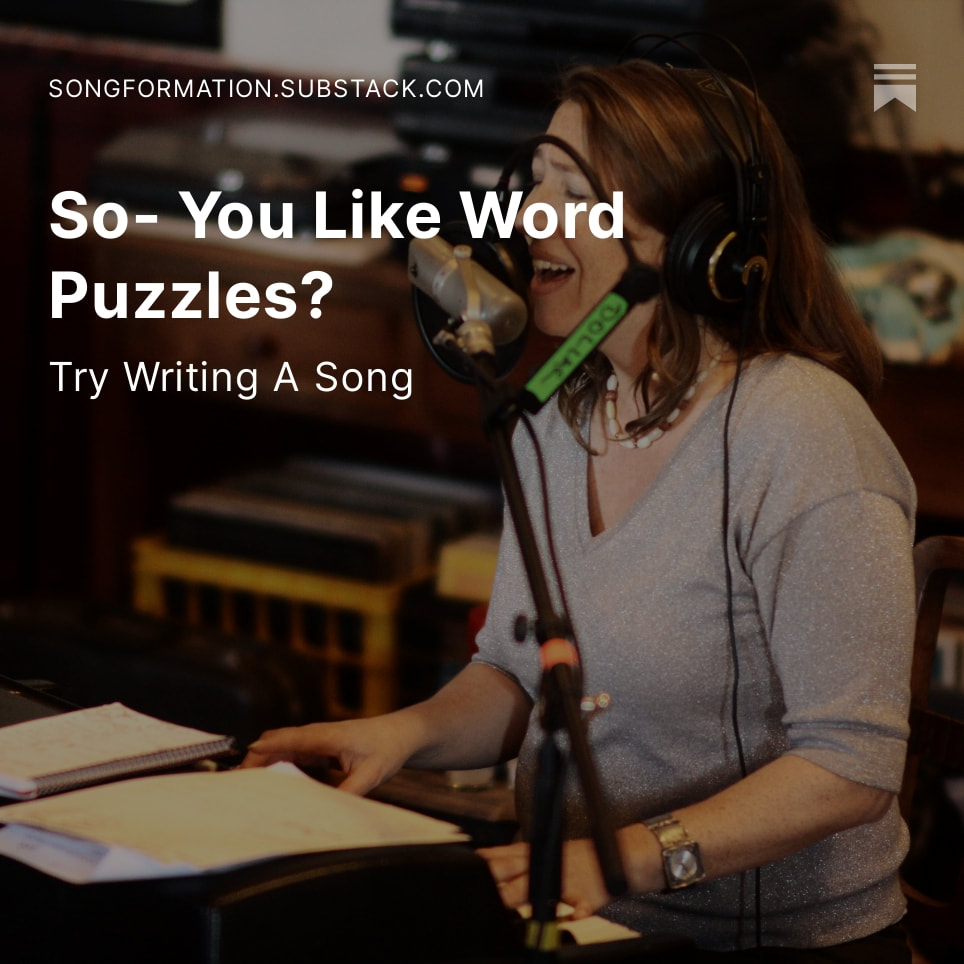
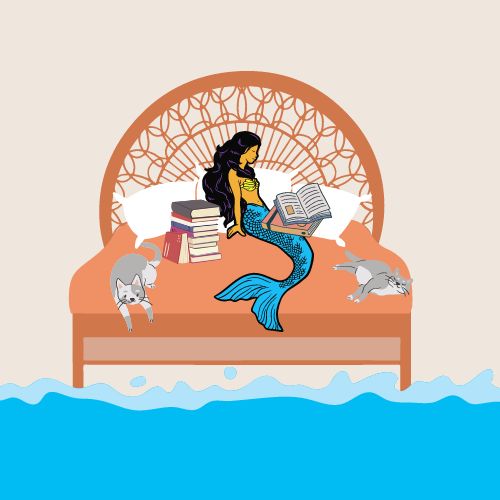
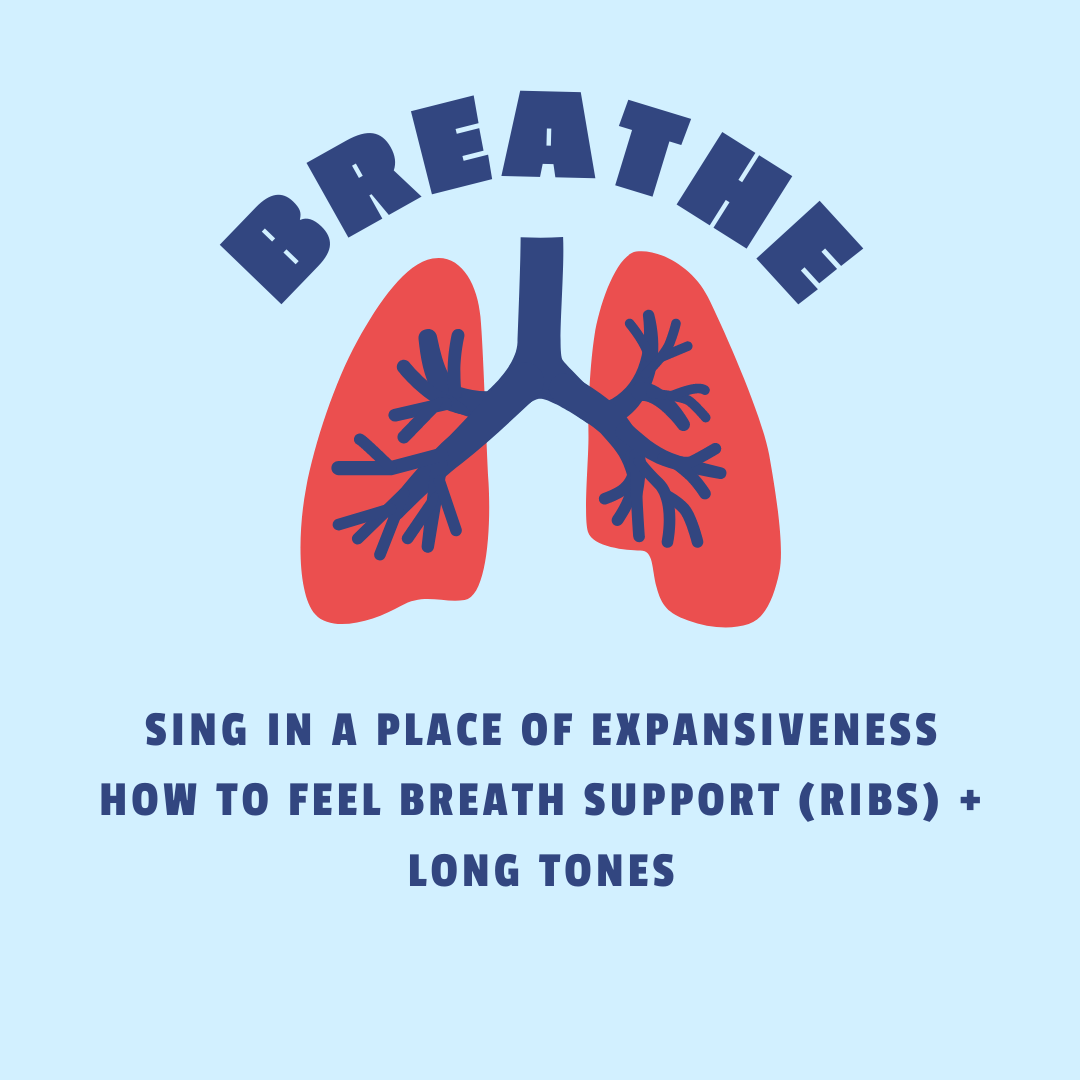
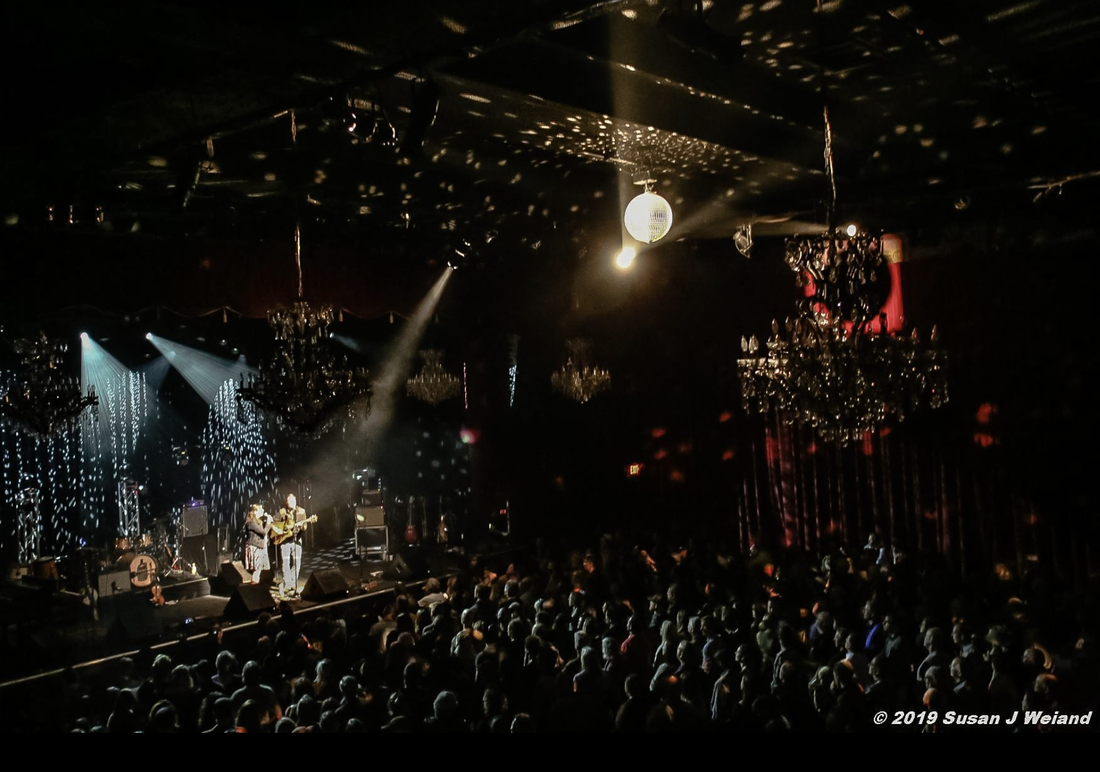
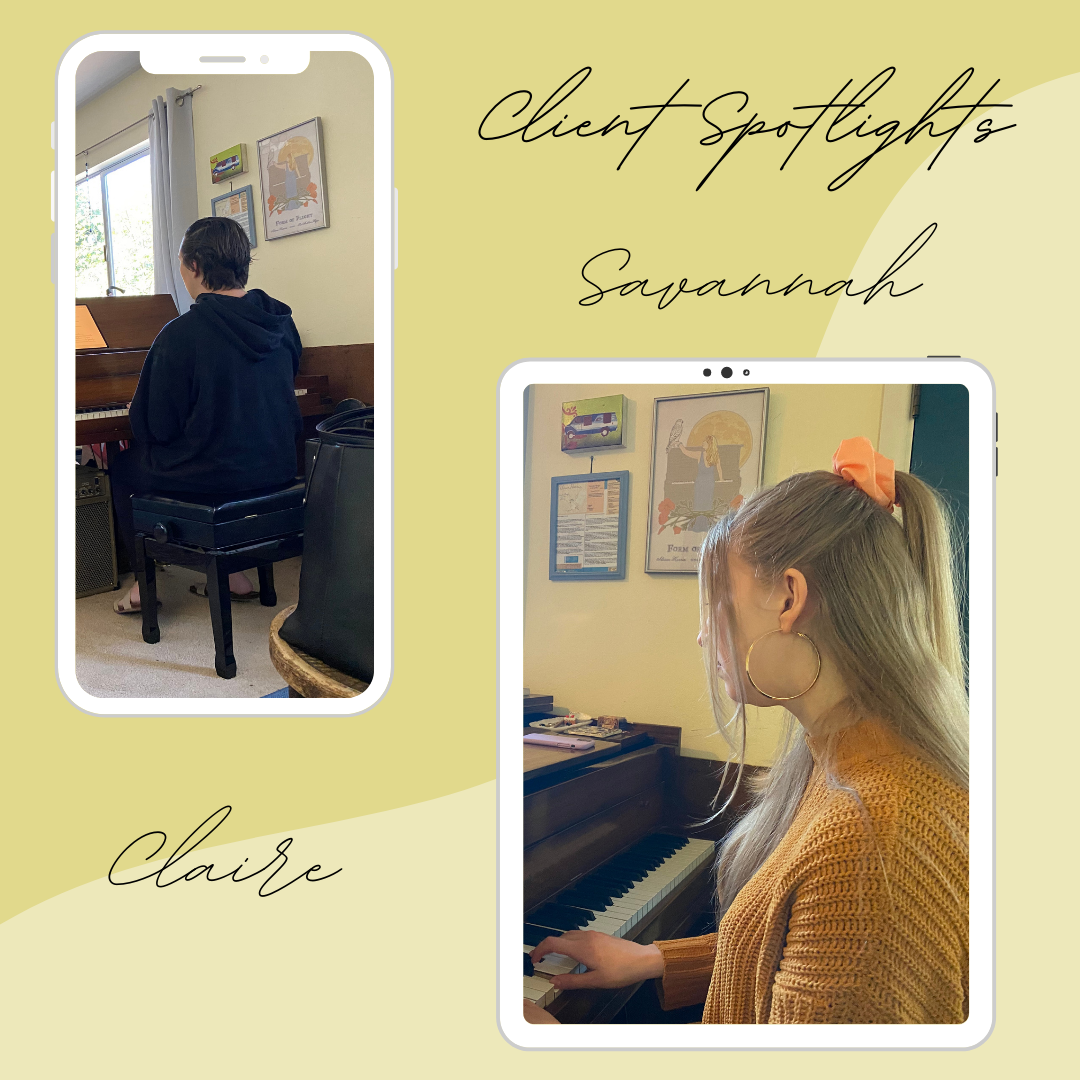
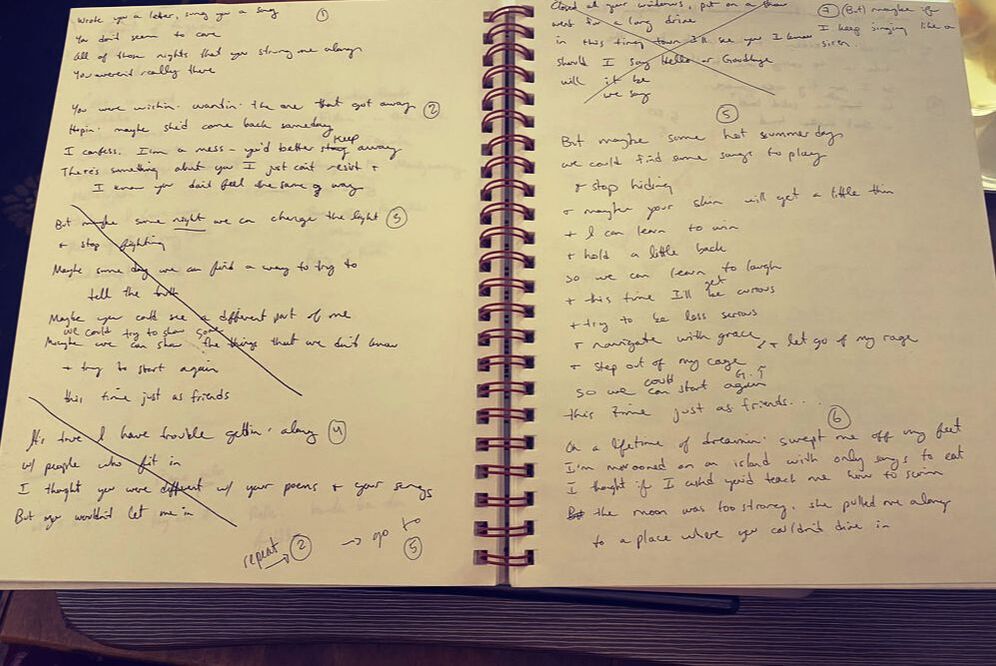
 RSS Feed
RSS Feed